Retracing the steps of three rock legends from the 1960s reveals an explosive time in music history. On both sides of the Atlantic, three young guitarists were navigating separate but similar paths en route to reshaping the blues.
Videos by American Songwriter
Each musician began their career backing other artists. However, when you are part of the backing band, either live or in the studio, you are meant to blend into the fabric. Just strum along and don’t bring too much attention to yourself. That’s the gig. It worked for a little while until the first entry on our list started burning guitar solos with his teeth. Like the others here, he went from being a backup musician to becoming a rock legend.
Jimi Hendrix
Following their time together in the U.S. Army, Jimi Hendrix and bassist Billy Cox relocated to Tennessee and started performing throughout the South, in what was known as the Chitlin’ Circuit. Hendrix also backed Wilson Pickett, Sam Cooke, and others. Meanwhile, he’d noticed a few guitarists playing with their teeth. Learning the art of showmanship, Hendrix repeated the trick and developed a taste for flamboyance. Unsatisfied with the Southern circuit, he moved to Harlem, where he later became the guitarist for The Isley Brothers. You can hear his genius beginning to show on The Isley Brothers’ single “Testify”.
After a stint with Little Richard, Hendrix moved to Greenwich Village, where he continued working as a backing musician. Soon, Hendrix met Chas Chandler from The Animals, who’d seen him play at Café Wha? and was impressed by Hendrix’s cover of “Hey Joe”. By the time Chandler brought Hendrix to London, rock music and the electric guitar would never be the same.
Eric Clapton
The Yardbirds landed a Top 10 hit with “For Your Love”; however, guitarist Eric Clapton wasn’t happy with the group’s turn toward pop music. Clapton wanted to play the blues, so he split. This opened the door for both Jimmy Page and Jeff Beck’s turns to fill Clapton’s seat in The Yardbirds. Then Clapton joined John Mayall & The Bluesbreakers only to leave a few months later. The resulting album, Blues Breakers, had a profound impact on blues-based rock guitar. Clapton’s reputation had grown, and the album was credited to John Mayall with Eric Clapton.
From here, Clapton cycled quickly through a staggering collection of iconic groups: Cream, Blind Faith, Delaney & Bonnie, and Derek And The Dominos. At each stop, he reinvented his playing and created the path forward for modern blues. By 1967, someone had spray-painted “Clapton is God” on a North London wall, and though Clapton was bashful about the slogan, many agreed.
Jimmy Page
It’s hard to imagine Jimmy Page being an entry on this list of backing musicians. But after playing in various groups, Page dedicated himself to studio work. His credits include Shirley Bassey’s “Goldfinger”, a demo of The Rolling Stones’ “Heart Of Stone”, and “Baby, Please Don’t Go” by Them (fronted by Van Morrison). In the studio, Page developed the production skills that later guided his groundbreaking work with Led Zeppelin.
In 1966, Page recorded “Beck’s Bolero” with Jeff Beck, The Who’s Keith Moon, bassist John Paul Jones, and Nicky Hopkins on keys. This gave Page an idea to form a supergroup, though it never materialized. He eventually joined The Yardbirds, where he led the band’s transformation to heavy blues, including an early rendition of “Dazed And Confused”. Two years later, Page fulfilled his former band’s existing tour dates as The New Yardbirds. The new lineup featured Robert Plant, John Bonham, and John Paul Jones. The New Yardbirds recorded an album in late 1968 and changed the band name to Led Zeppelin. Page’s new group didn’t exactly go over like a “lead” balloon after all.
Photo by Michael Ochs Archives/Getty Images

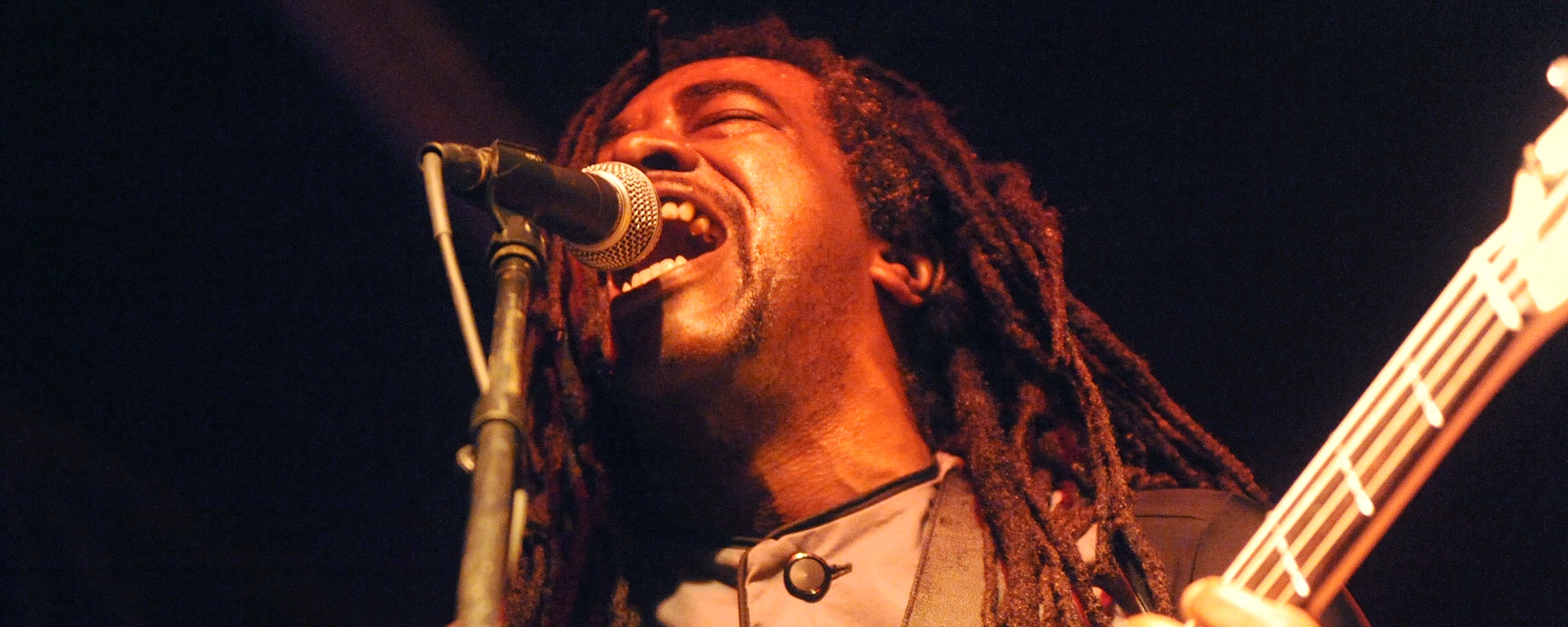
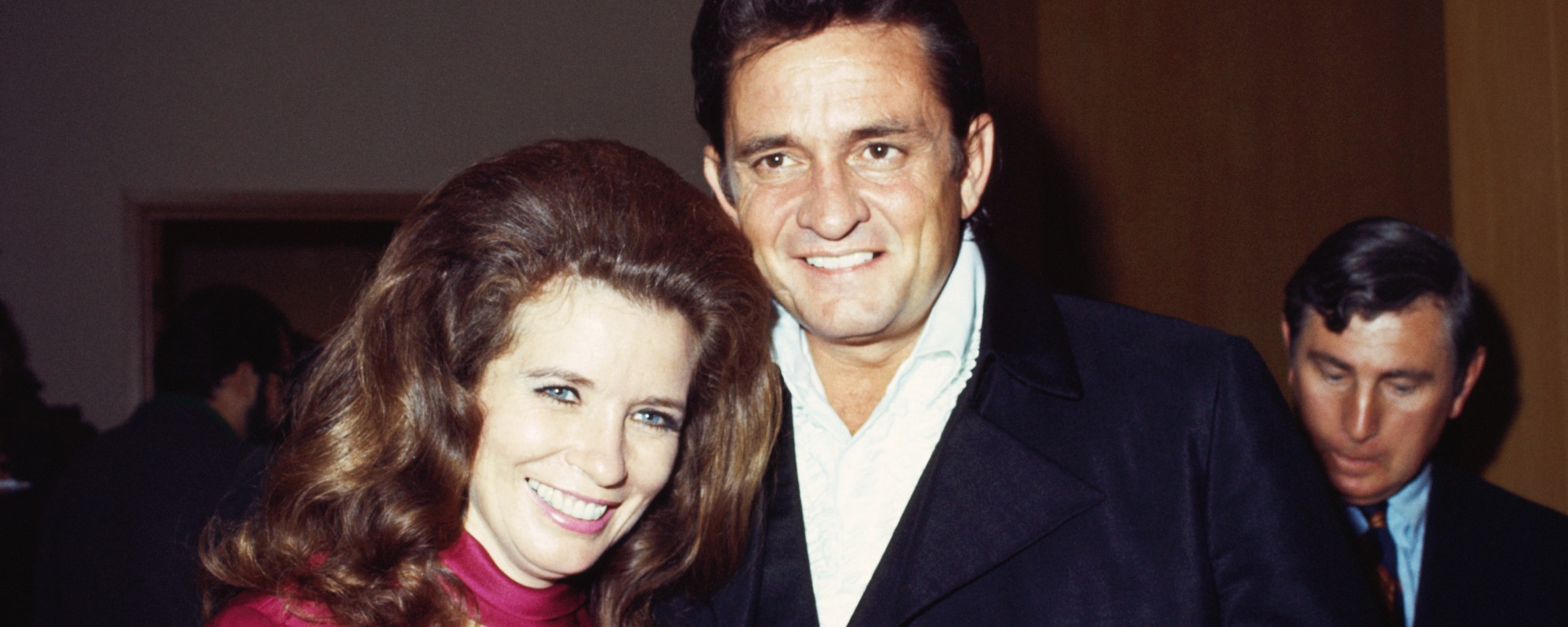
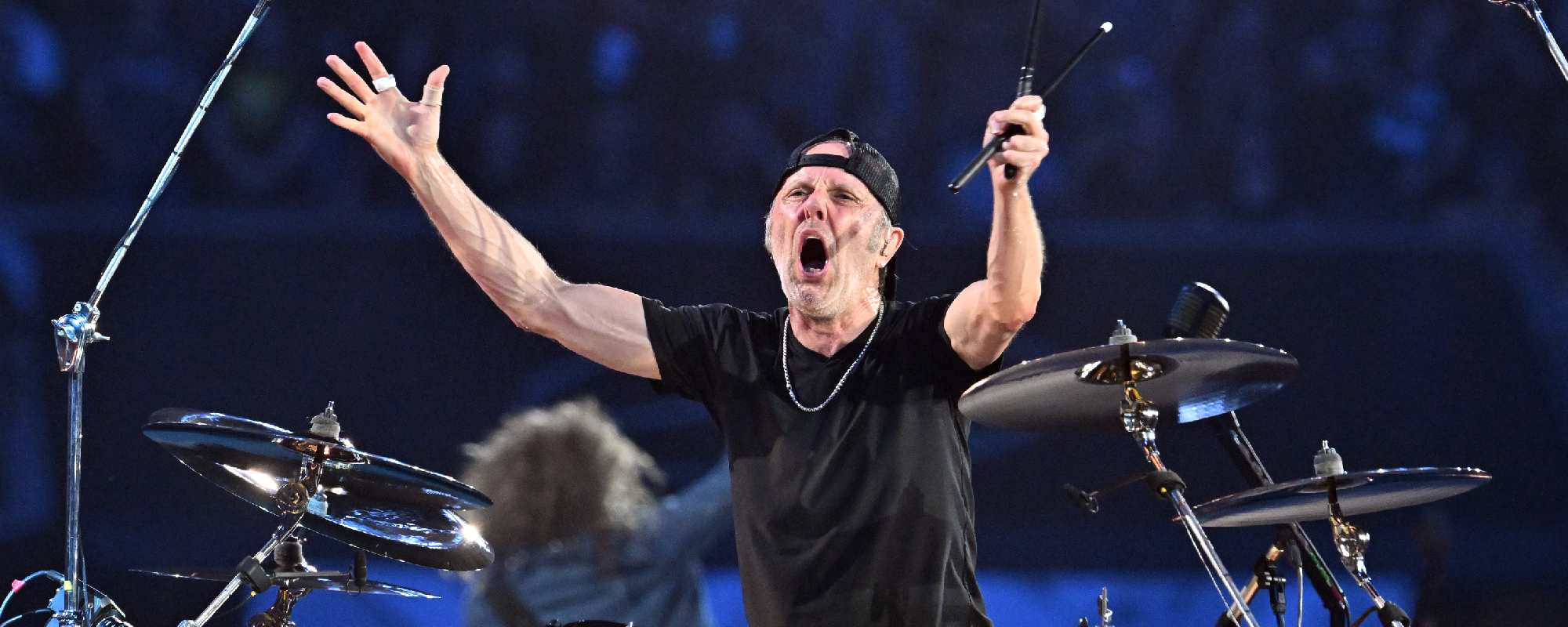




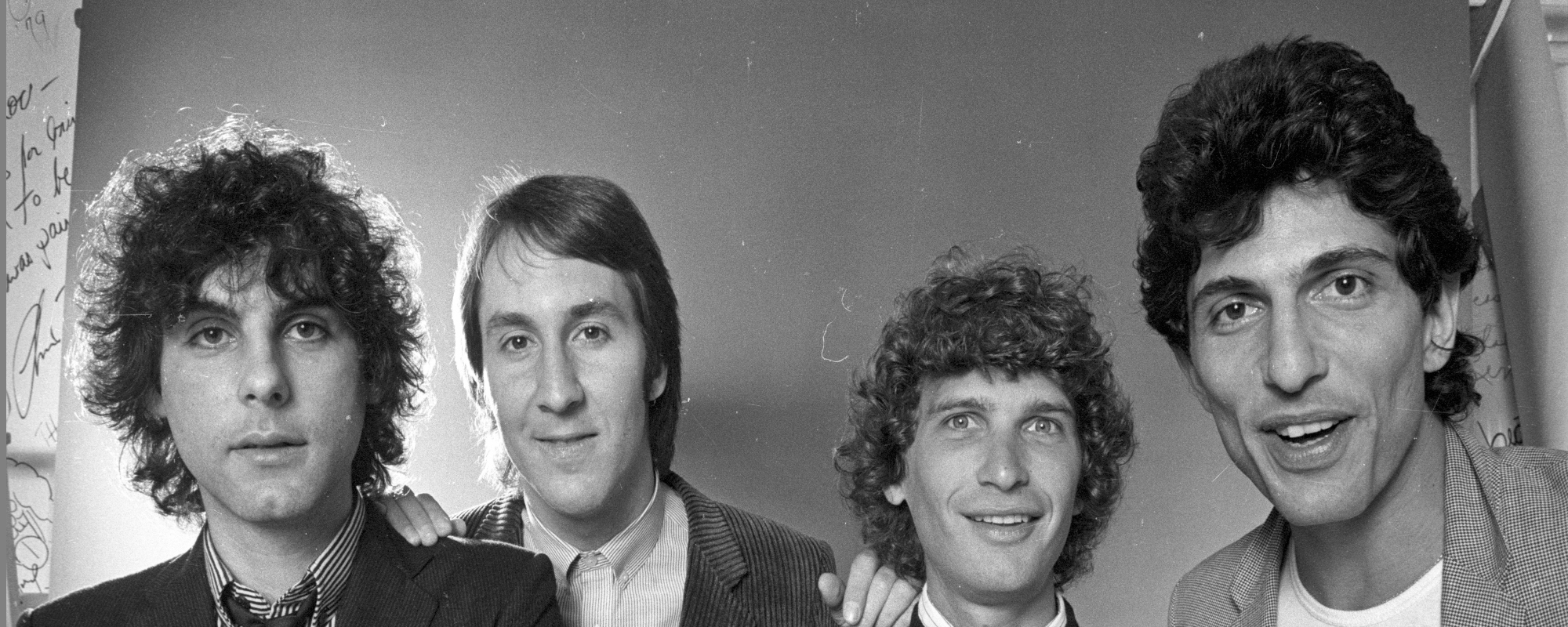
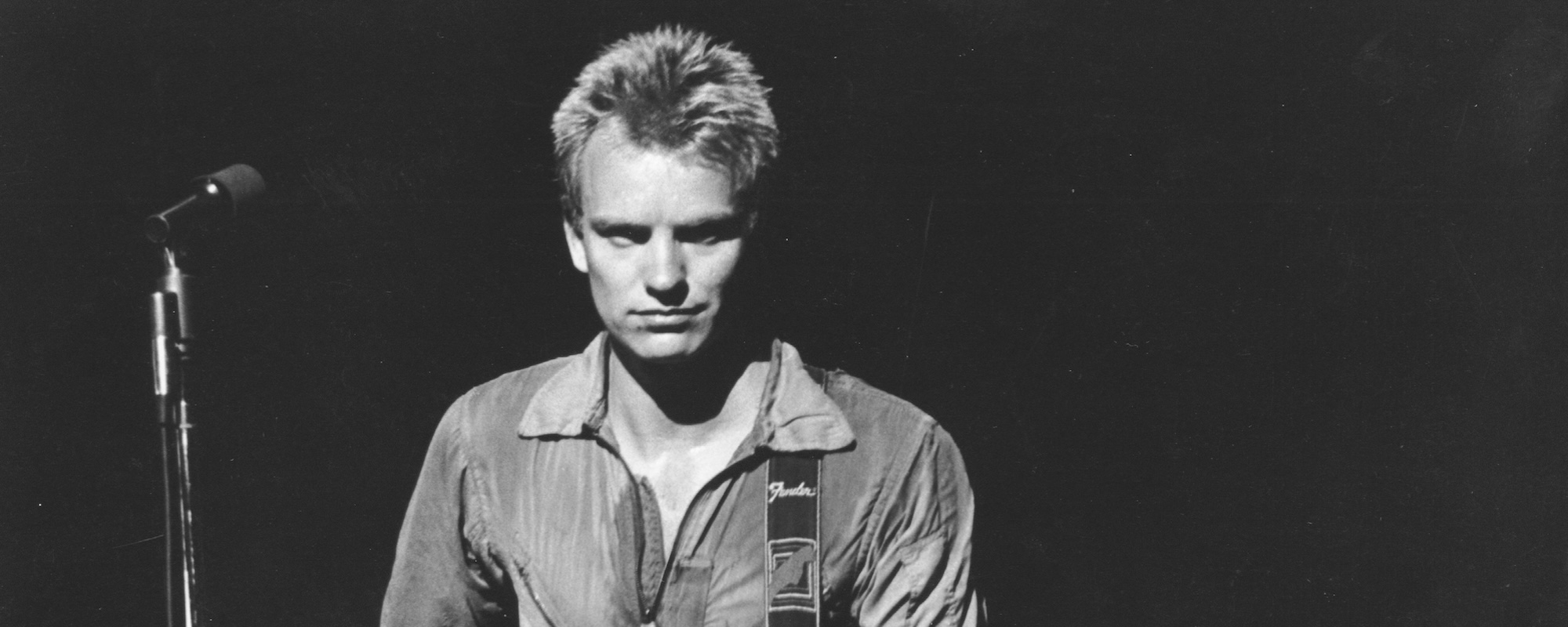
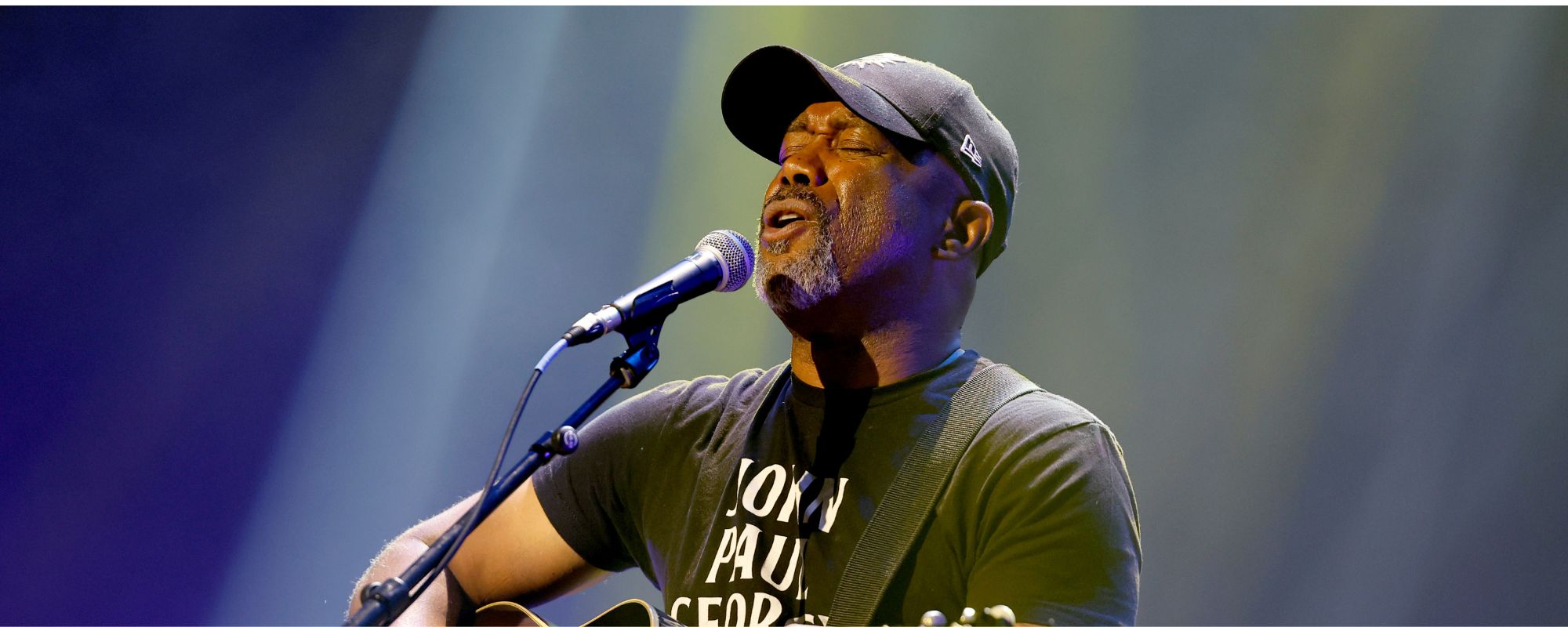
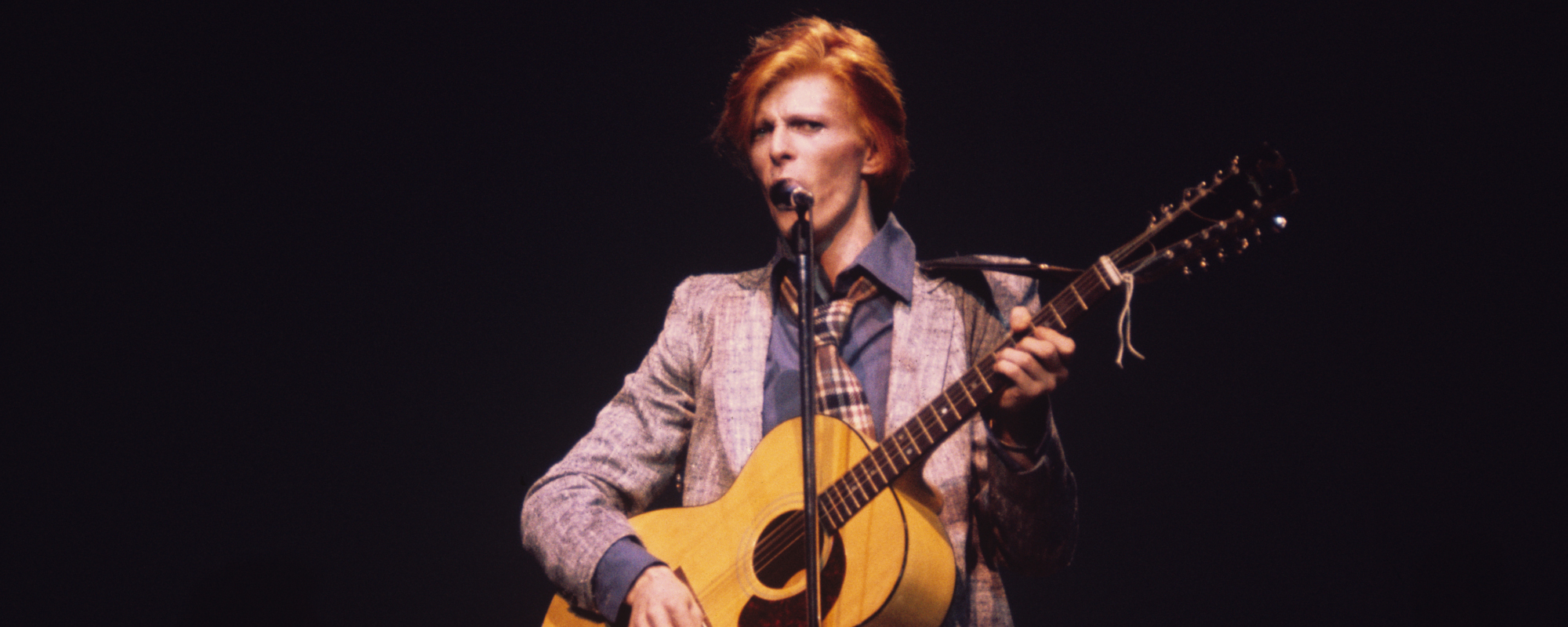
Leave a Reply
Only members can comment. Become a member. Already a member? Log in.